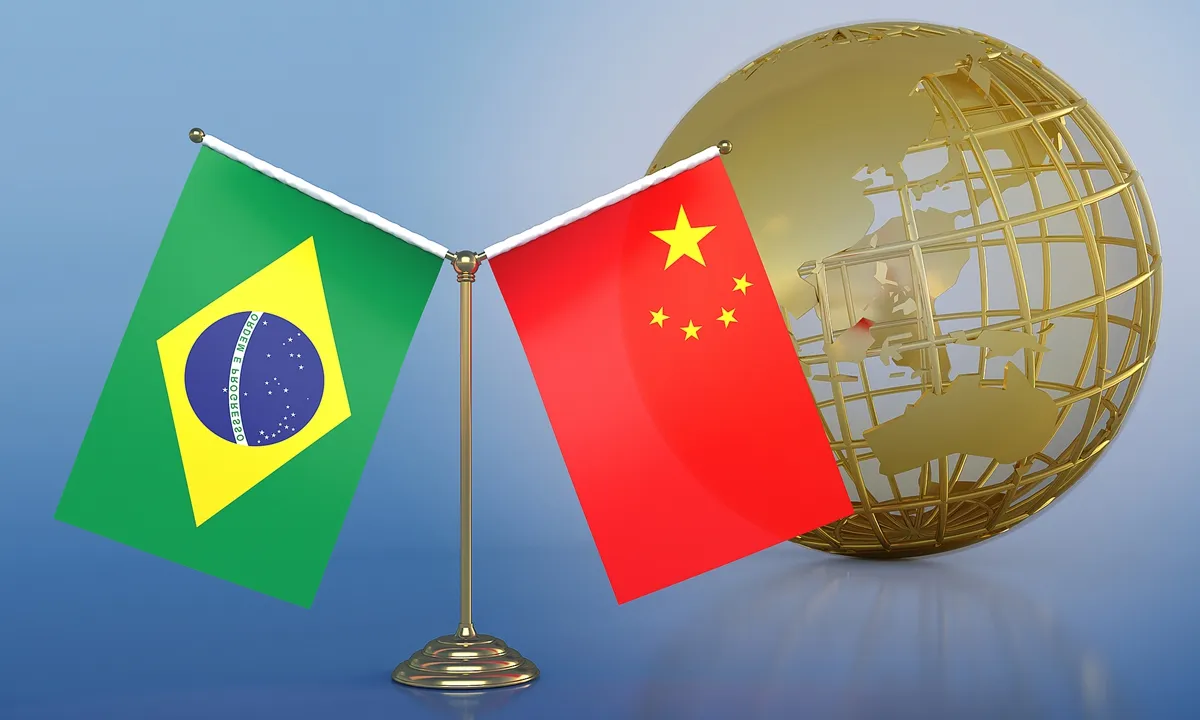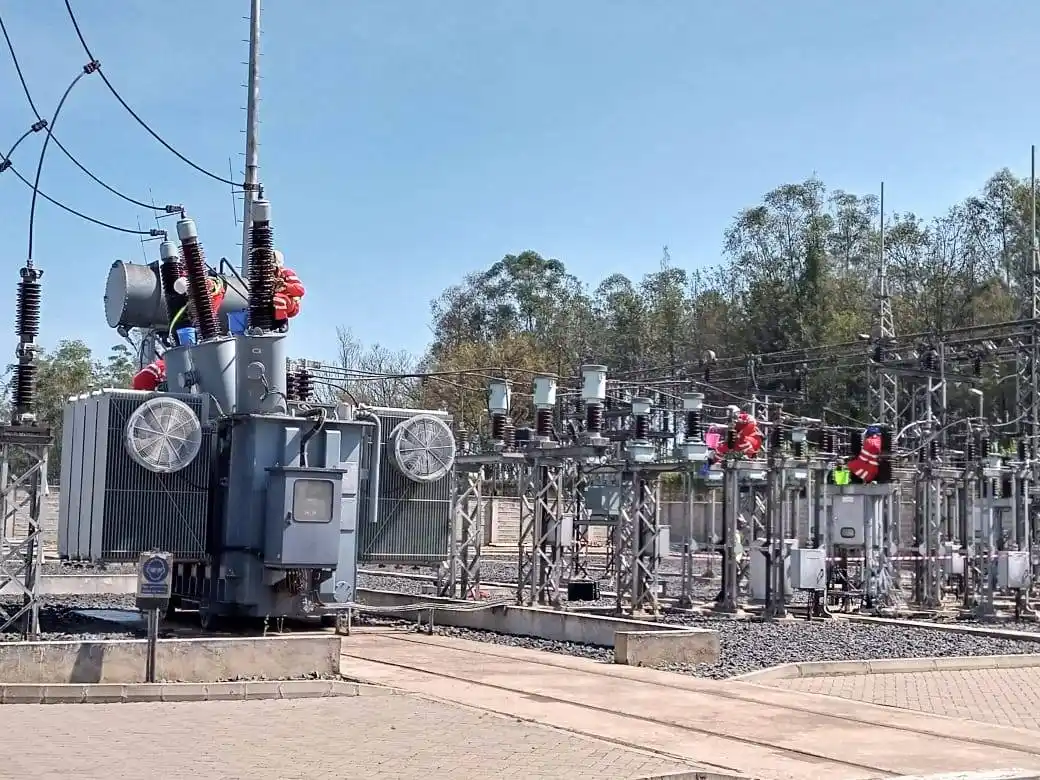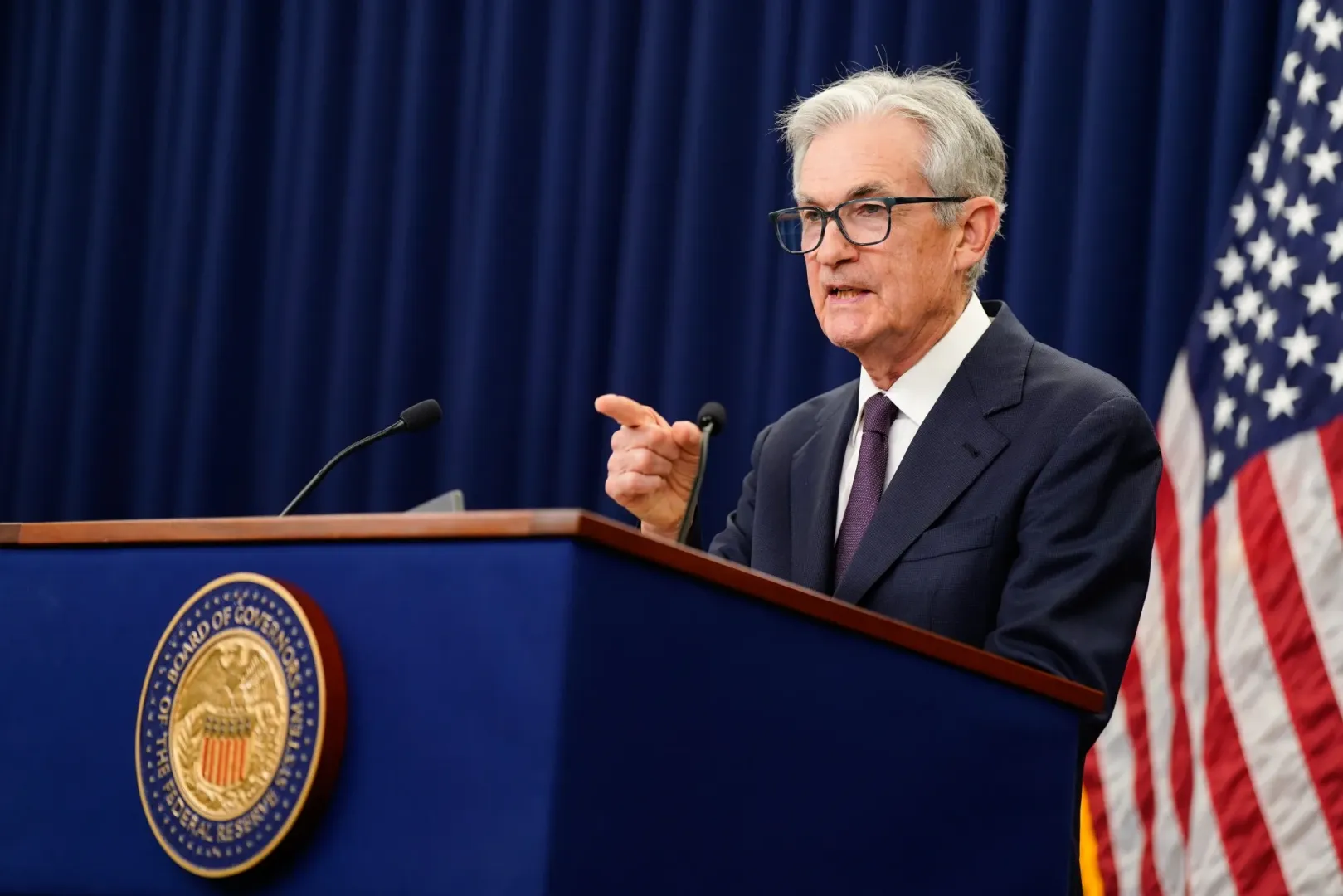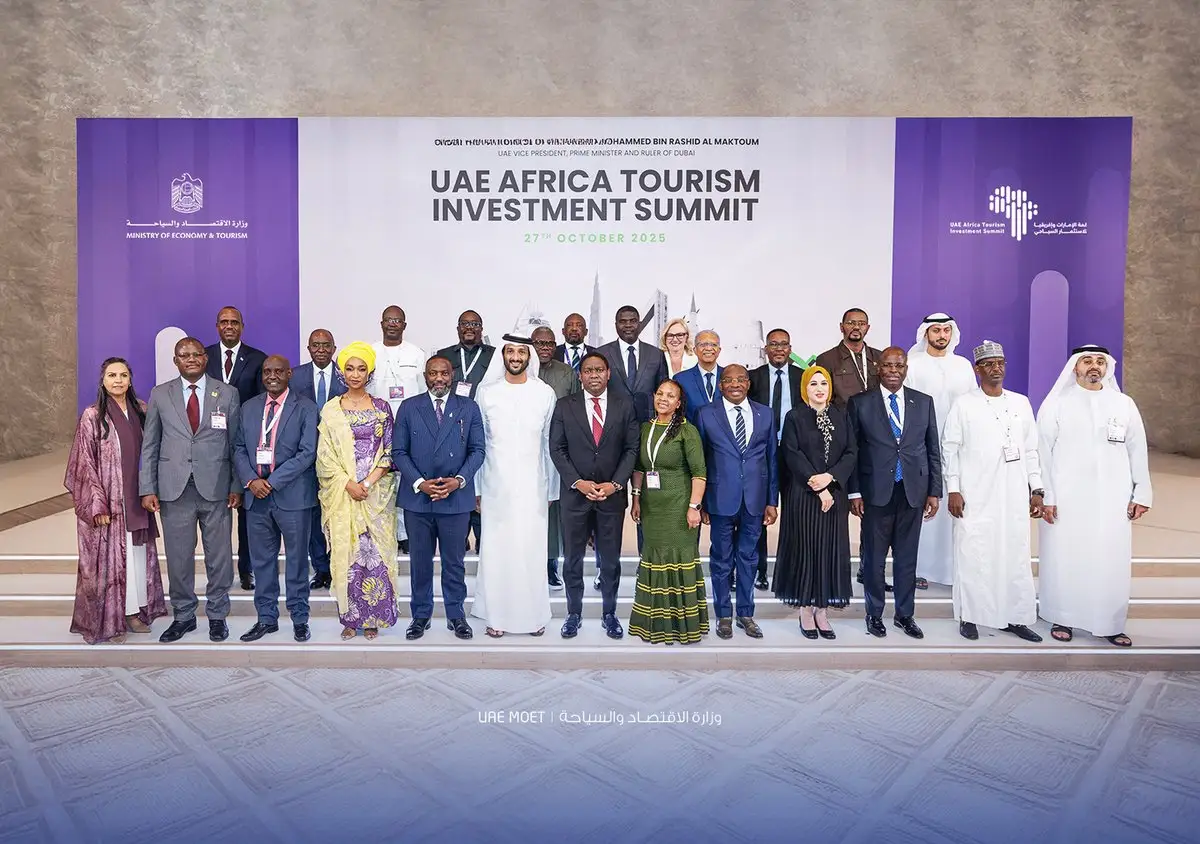In a move poised to reshape the landscape of global technological cooperation, Brazil and China have announced a groundbreaking partnership centered on artificial intelligence (AI) research, with a specific focus on agricultural development. This significant expansion of technological ties between the two emerging powers comes at a time when global tech alliances are undergoing a profound realignment amidst escalating US-China tensions. The announcement, a highlight of the recent BRICS summit, underscores a strategic pivot by Brazil to harness Chinese innovation while meticulously avoiding formal entanglement with Beijing’s controversial Belt and Road Initiative.
The core of this ambitious collaboration is the establishment of a joint AI research facility dedicated to modernizing farming techniques in semi-arid regions. This pioneering laboratory, bringing together Brazil’s National Semi-arid Institute (INSA) and China Agricultural University, represents a practical and impactful application of cutting-edge artificial intelligence to address critical food security challenges in some of the world’s most climatically demanding agricultural zones. Its potential completion signals a new era of South-South cooperation in advanced technology, offering a model for developing nations to pursue technological advancement independent of traditional power centers.
The AI Agricultural Powerhouse: A Solution for Food Security
The decision to focus the joint AI laboratory on agricultural development, particularly in semi-arid regions, is a strategic response to pressing global and local challenges. Food security remains a paramount concern worldwide, exacerbated by climate change, increasing populations, and the degradation of arable land. Semi-arid regions, characterized by their vulnerability to drought, extreme heat, and limited vegetation, are on the front lines of these challenges. Brazil’s northeastern Sertão region, home to approximately 22 million inhabitants, epitomizes these struggles, with communities grappling daily with the harsh realities of farming in drought-prone terrain.
The proposed AI laboratory aims to revolutionize farming practices in such environments. It will concentrate on integrating AI-driven systems with existing farm machinery to enhance crucial agricultural processes. This includes advanced soil monitoring, allowing for real-time analysis of nutrient levels, moisture content, and soil health, enabling farmers to make data-driven decisions on fertilization and irrigation. Environmental assessment capabilities will be significantly boosted, utilizing AI to process data from satellites, drones, and ground sensors to predict weather patterns, identify disease outbreaks, and monitor crop health with unprecedented accuracy.
Specific technologies expected to be deployed and researched include:
- Precision Agriculture: AI algorithms will analyze vast datasets to optimize the application of water, fertilizers, and pesticides, minimizing waste and maximizing yields. This moves beyond traditional blanket application to highly targeted interventions.
- Remote Sensing and Drone Technology: Drones equipped with multispectral cameras and AI-powered image analysis will provide high-resolution data on crop vigor, stress, and growth patterns, allowing for early detection of issues.
- Predictive Analytics: AI models will forecast crop yields, predict pest infestations, and anticipate drought conditions, enabling proactive measures and better resource allocation.
- Automated Irrigation Systems: AI will manage irrigation schedules based on real-time soil moisture data, weather forecasts, and crop water requirements, leading to significant water savings.
- Robotics in Farming: While perhaps a longer-term goal, the research could explore AI-powered robotics for tasks like automated planting, harvesting, and weeding, particularly in challenging terrains.
The collaboration between Brazil’s National Semi-arid Institute (INSA) and China Agricultural University brings together complementary expertise. INSA, based in Campina Grande, Paraíba, is a leading research institution dedicated to sustainable development in Brazil’s semi-arid regions, possessing deep knowledge of local ecological conditions and agricultural practices. China Agricultural University, a top-tier institution in China, brings extensive experience in agricultural science, engineering, and cutting-edge AI research, particularly in large-scale agricultural modernization. This synergy promises to create innovative solutions tailored to the unique challenges of arid and semi-arid environments.
This initiative also aligns with broader global efforts in sustainable agriculture and agritech, which seek to leverage technology to achieve the United Nations Sustainable Development Goals, particularly those related to zero hunger and climate action. By demonstrating practical applications of AI in challenging agricultural contexts, Brazil and China aim to contribute significantly to global food security and climate resilience.
Geopolitical Chessboard: Brazil’s Balancing Act
The timing and nature of this partnership are deeply intertwined with the evolving geopolitical landscape, particularly the intensifying technological rivalry between the United States and China.
Lula’s Vision for Equitable AI Governance
Speaking at the BRICS summit in Rio de Janeiro, Brazilian President Luiz Inácio Lula da Silva articulated a powerful vision for global AI governance, one that directly challenges the current concentration of technological power. “The development of Artificial Intelligence cannot become the privilege of a few countries, nor a tool of manipulation in the hands of billionaires,” he asserted, advocating for technology governance that is “fair, inclusive, and equitable.” This statement reflects a broader concern among developing nations that the rapid advancement of AI, if left unregulated or controlled by a select few, could exacerbate existing inequalities and create new forms of digital colonialism.
Echoing Lula’s remarks, the BRICS leaders – representing Brazil, Russia, India, China, and South Africa – issued a joint declaration calling for UN-led global governance to regulate AI. Their statement emphasized the need for “a collective global effort… to establish an AI governance that upholds our shared values, addresses risks, builds trust, and ensures broad and inclusive international collaboration and access, in accordance with sovereign laws, including capacity building for developing countries.” This collective stance from a bloc representing a significant portion of the world’s population and economic output signals a growing demand for a more multilateral and inclusive approach to AI regulation, contrasting with the often unilateral or bloc-specific approaches seen from established tech powers.
The US-China Tech Rivalry Context
This Brazilian-Chinese collaboration unfolds against a backdrop of escalating US restrictions on semiconductor and AI technology exports to China. Since 2019, Washington has progressively tightened controls, citing national security concerns and seeking to curb China’s technological advancement, particularly in critical areas like AI and advanced computing. These restrictions target advanced chips essential for AI development and exert pressure on European and Asian allies to restrict sales of crucial manufacturing equipment to China.
Major Chinese technology firms, including telecommunications giant Huawei and chipmaker SMIC (Semiconductor Manufacturing International Corporation), now face substantial barriers to accessing American-made high-performance processors from companies such as Nvidia and AMD (Advanced Micro Devices). These restrictions have significantly impacted China’s ability to develop cutting-edge AI models and advanced computing infrastructure, prompting Beijing to accelerate its domestic capabilities and cultivate technological relationships with nations willing to engage, including Russia, Malaysia, and now, more extensively, Brazil. China’s “dual circulation” strategy, emphasizing domestic demand and technological self-reliance, has been a direct response to these external pressures.
Despite some recent diplomatic progress – with Washington and Beijing making strides in trade negotiations last month, leading to a modest easing of software export restrictions – China remains heavily dependent on American technology across multiple sectors, from smartphones and cloud computing to autonomous vehicles and advanced manufacturing. This dependency makes partnerships like the one with Brazil even more strategically valuable for Beijing, as it seeks to diversify its supply chains and reduce its vulnerability to external technological blockades.
Brazil’s “Tiptoeing” Strategy
Perhaps one of the most intriguing aspects of this partnership is Brazil’s diplomatic “tiptoeing” in engaging with Chinese investment without formal participation in Beijing’s flagship global development initiative, the Belt and Road Initiative (BRI). While many of Brazil’s neighbors in Latin America, such as Argentina, Bolivia, Chile, Ecuador, Peru, and Venezuela, have formally joined the BRI in recent years, Brazil has consistently opted for a more nuanced approach.
This strategy allows Brazil to access much-needed Chinese financing and technological expertise without openly provoking the United States, which remains Brazil’s second-largest trading partner and a crucial diplomatic ally. The BRI, often viewed by Washington as a tool for China to expand its geopolitical influence and create debt traps, carries significant political baggage. By engaging in bilateral cooperation agreements that align with Brazil’s domestic development priorities – such as Lula’s Growth Acceleration Program – but without the formal BRI label, Brasília navigates a complex geopolitical landscape. This pragmatic approach enables Brazil to maximize its economic benefits from both global powers while maintaining a degree of strategic autonomy. It’s a delicate balancing act, showcasing Brazil’s growing confidence as a middle power asserting its interests on the global stage.
Beyond Agriculture: A Multifaceted Partnership
The novel Brazil-China tech partnership extends far beyond agricultural AI, encompassing a broad spectrum of strategic sectors. This multifaceted cooperation highlights the depth and breadth of the two nations’ shared interests and complementary strengths.
Renewable Energy Development
Cooperation in renewable energy is a natural fit, given Brazil’s vast potential in hydroelectric, solar, and wind power, and China’s unparalleled leadership in renewable energy technology manufacturing and investment. China is the world’s largest producer of solar panels, wind turbines, and electric vehicles. This partnership could involve joint ventures in developing large-scale renewable energy projects in Brazil, technology transfer for manufacturing renewable energy components, and shared research into next-generation clean energy solutions. Such collaboration could significantly accelerate Brazil’s energy transition and contribute to global decarbonization efforts.
Pharmaceuticals and Healthcare
While less detailed in the initial announcement, pharmaceutical cooperation likely involves joint research and development of new drugs, vaccine production, and the sharing of medical technologies. Both countries have large populations and a vested interest in strengthening their healthcare systems, making this a ripe area for collaboration, particularly in areas like traditional medicine research or addressing specific regional health challenges.
Infrastructure Development
Beyond the formal BRI framework, China remains a significant investor in global infrastructure. The cooperation agreements signed during the summit likely include general infrastructure development, which could encompass projects like railways, ports, and energy transmission lines. China’s expertise in large-scale infrastructure construction and financing offers attractive opportunities for Brazil to modernize its logistics and connectivity, crucial for its vast agricultural and resource sectors.
Semiconductor Collaboration
The mention of semiconductor collaboration is particularly noteworthy given the global chip shortage and the US-China tech war. While Brazil is not a major chip manufacturer, it has a nascent semiconductor industry and a strong talent pool in engineering and research. Cooperation could involve joint research into chip design, materials science, or even the establishment of smaller-scale fabrication facilities. For China, this could be part of its broader strategy to build a more resilient and diversified global semiconductor supply chain, reducing its reliance on Western technology.
Maritime Industry Cooperation
China’s dominance in global shipbuilding, producing half of all new vessels worldwide, offers attractive synergies with Brazil’s burgeoning maritime sector. Brazil, with its extensive coastline and reliance on sea trade, has a strong interest in developing its port infrastructure, shipbuilding capabilities, and offshore energy exploration. This cooperation could involve Chinese investment in Brazilian shipyards, joint ventures for vessel construction, or technology transfer related to maritime logistics and port management.
Space Technology Initiatives
Space technology cooperation features prominently, building upon a long-standing history of collaboration between the two nations, notably through the China-Brazil Earth Resources Satellite (CBERS) program. The new agreements commit to joint geostationary satellite development, which is crucial for telecommunications, weather forecasting, and remote sensing over large geographical areas. Broader aerospace initiatives could include joint research into rocket technology, satellite applications for environmental monitoring (especially relevant for the Amazon), and even potential future human spaceflight collaboration. This area of cooperation not only serves scientific and economic purposes but also carries significant strategic weight, enhancing both nations’ capabilities in a critical domain.
Climate and Culture: Soft Power and Shared Values
Beyond the hard-edged technological and economic agreements, the partnership also emphasizes crucial areas of climate cooperation and cultural exchange, demonstrating a holistic approach to bilateral ties.
Climate Cooperation and COP30
Climate cooperation emerged as another priority area during the BRICS summit, with President Lula urging Chinese participation in the Tropical Forests Forever Fund ahead of COP30, which Brazil will host in November in the Amazonian city of Belém. This initiative, spearheaded by Lula, targets an ambitious $4 billion in annual funding for nations maintaining forest preservation below specified deforestation thresholds. It represents Brazil’s proactive stance on climate leadership, particularly concerning the Amazon rainforest, a vital global carbon sink.
While stopping short of confirming China’s immediate entry into the Tropical Fund, Chinese Premier Li Qiang expressed Beijing’s full support for Brazil’s COP30 endeavor. Both leaders reaffirmed their unwavering commitment to multilateral institutions, including the United Nations, BRICS, and the G20, underscoring a shared belief in collective global action to address pressing issues like climate change. This alignment on multilateralism provides a strong foundation for future cooperation on environmental governance and sustainable development.
Cultural Exchange and People-to-People Ties
The cultural dimension of the partnership also received significant attention, recognizing the importance of fostering popular support and mutual understanding for sustained bilateral ties. Plans for a China-Brazil Year of Culture in 2026 were announced, promising a series of events, exhibitions, and performances designed to showcase the rich cultural heritage of both nations. Alongside this, expanded cooperation in education, healthcare, and youth exchanges aims to build deeper people-to-people connections. This includes student exchange programs, joint research initiatives between universities, and collaborative projects in public health. Such initiatives are crucial for building long-term trust, fostering a shared understanding, and creating a robust foundation for the strategic partnership beyond mere economic interests.
Conclusion: A Model for South-South Cooperation
Seen through the prism of BRICS’s multipolar ambitions, the newly announced agricultural AI project represents more than just technological cooperation; it signals how middle powers are forging alternative partnerships as traditional alliances are being reshaped by US-China tensions. This collaboration is a testament to the growing agency of nations outside the traditional Western-centric global order.
For Brazil, the partnership offers critical access to advanced technology, particularly in AI, which is vital for modernizing its economy and addressing its specific development challenges like food security in semi-arid regions. It also provides much-needed investment capital for diverse sectors, supporting Lula’s ambitious domestic development agenda.
For China, the partnership offers access to a key market in Latin America, a region of increasing strategic importance, and enhances its diplomatic clout by demonstrating its willingness to engage in mutually beneficial technological cooperation without the perceived strings attached to the Belt and Road Initiative. Crucially, it aids China in diversifying its technological relationships and reducing its vulnerability to US-led restrictions on advanced technology, fostering its push for self-reliance and alternative supply chains.
As global technology governance faces unprecedented challenges, with debates raging over data privacy, ethical AI, and equitable access, the Brazil-China agricultural AI center may indeed prove a compelling model for South-South cooperation in emerging technologies. It showcases how developing nations can pursue technological advancement through partnerships entirely independent of established power centers, contributing to a more diversified, inclusive, and potentially multipolar global technological landscape. This collaboration sets a precedent for how nations can navigate complex geopolitical currents to achieve their development goals while advocating for a more equitable and accessible future for all.
Ready to take your career to the next level? Join our dynamic courses: ACCA, HESI A2, ATI TEAS 7 , HESI EXIT , NCLEX – RN and NCLEX – PN, Financial Literacy!🌟 Dive into a world of opportunities and empower yourself for success. Explore more at Serrari Ed and start your exciting journey today! ✨
photo source: Google
By: Montel Kamau
Serrari Financial Analyst
10th July, 2025
Article, Financial and News Disclaimer
The Value of a Financial Advisor
While this article offers valuable insights, it is essential to recognize that personal finance can be highly complex and unique to each individual. A financial advisor provides professional expertise and personalized guidance to help you make well-informed decisions tailored to your specific circumstances and goals.
Beyond offering knowledge, a financial advisor serves as a trusted partner to help you stay disciplined, avoid common pitfalls, and remain focused on your long-term objectives. Their perspective and experience can complement your own efforts, enhancing your financial well-being and ensuring a more confident approach to managing your finances.
Disclaimer: This article is for informational purposes only and does not constitute financial advice. Readers are encouraged to consult a licensed financial advisor to obtain guidance specific to their financial situation.
Article and News Disclaimer
The information provided on www.serrarigroup.com is for general informational purposes only. While we strive to keep the information up to date and accurate, we make no representations or warranties of any kind, express or implied, about the completeness, accuracy, reliability, suitability, or availability with respect to the website or the information, products, services, or related graphics contained on the website for any purpose. Any reliance you place on such information is therefore strictly at your own risk.
www.serrarigroup.com is not responsible for any errors or omissions, or for the results obtained from the use of this information. All information on the website is provided on an as-is basis, with no guarantee of completeness, accuracy, timeliness, or of the results obtained from the use of this information, and without warranty of any kind, express or implied, including but not limited to warranties of performance, merchantability, and fitness for a particular purpose.
In no event will www.serrarigroup.com be liable to you or anyone else for any decision made or action taken in reliance on the information provided on the website or for any consequential, special, or similar damages, even if advised of the possibility of such damages.
The articles, news, and information presented on www.serrarigroup.com reflect the opinions of the respective authors and contributors and do not necessarily represent the views of the website or its management. Any views or opinions expressed are solely those of the individual authors and do not represent the website's views or opinions as a whole.
The content on www.serrarigroup.com may include links to external websites, which are provided for convenience and informational purposes only. We have no control over the nature, content, and availability of those sites. The inclusion of any links does not necessarily imply a recommendation or endorsement of the views expressed within them.
Every effort is made to keep the website up and running smoothly. However, www.serrarigroup.com takes no responsibility for, and will not be liable for, the website being temporarily unavailable due to technical issues beyond our control.
Please note that laws, regulations, and information can change rapidly, and we advise you to conduct further research and seek professional advice when necessary.
By using www.serrarigroup.com, you agree to this disclaimer and its terms. If you do not agree with this disclaimer, please do not use the website.
www.serrarigroup.com, reserves the right to update, modify, or remove any part of this disclaimer without prior notice. It is your responsibility to review this disclaimer periodically for changes.
Serrari Group 2025












